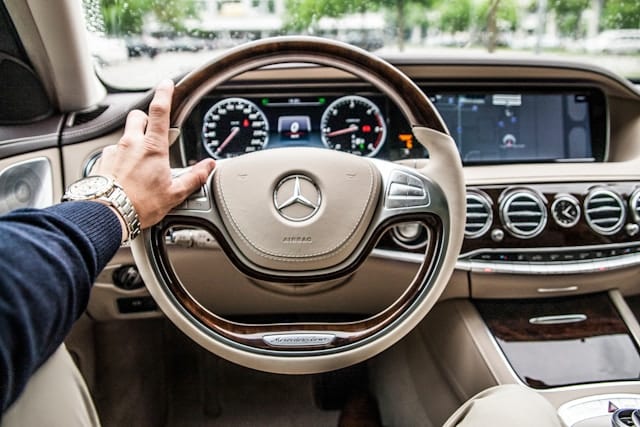The Impact of Collision Repair on Car Loan Agreements
 When a vehicle involved in a collision is under a loan agreement, the process of getting repairs becomes not just a matter of restoring the car’s functionality and appearance but also adhering to the stipulations of the loan agreement. Most car loans require comprehensive insurance, which impacts how repairs are managed and financed. Understanding how collision repair can affect your car loan agreement is essential for any vehicle owner navigating the aftermath of an accident. This article will explore the various aspects of how collision repairs interact with car loan agreements and what vehicle owners need to consider to maintain compliance and financial stability.
When a vehicle involved in a collision is under a loan agreement, the process of getting repairs becomes not just a matter of restoring the car’s functionality and appearance but also adhering to the stipulations of the loan agreement. Most car loans require comprehensive insurance, which impacts how repairs are managed and financed. Understanding how collision repair can affect your car loan agreement is essential for any vehicle owner navigating the aftermath of an accident. This article will explore the various aspects of how collision repairs interact with car loan agreements and what vehicle owners need to consider to maintain compliance and financial stability.
Compliance with Loan Requirements
Insurance Coverage Mandates
Car loan agreements typically require the borrower to maintain comprehensive and collision insurance. This insurance covers most types of damage from an accident, ensuring that the vehicle can be repaired to a standard that maintains its value — a primary concern for lenders who still technically “own” part of the vehicle.
Reporting Accidents
It’s crucial to report any collision to both the insurance provider and the lender, especially if the damage is significant. Failure to report can violate the terms of your loan agreement, potentially leading to penalties or even the calling in of the loan.
Quality of Repairs and Vehicle Value
Preserving Vehicle Value
Lenders have a vested interest in the value of the vehicle since it serves as collateral for the loan. High-quality repairs using OEM (Original Equipment Manufacturer) parts are often required to ensure that the vehicle remains as valuable and marketable as possible. Poorly executed repairs can diminish the car’s value, affecting both the owner and the lender.
Approved Repair Facilities
Some lenders might stipulate that repairs be carried out at approved facilities to guarantee the quality of work. Using an unauthorized repair shop could potentially breach the loan agreement, so it’s important to check the specifics of your contract before proceeding with vehicle repairs.
Financial Considerations
Effect on Loan Balance
The cost of repairs may affect the financial balance of your loan if the insurance payout does not cover all expenses, requiring out-of-pocket payments. This situation can complicate your financial management, especially if you are already stretching to meet loan repayments.
Insurance Premium Adjustments
Post-collision, it’s common for insurance premiums to increase, especially if the vehicle owner is found at fault. Higher premiums can impact your overall monthly budget, influencing your ability to meet loan payment obligations.
Steps to Take After a Collision
Review Your Loan and Insurance Documents
Immediately after a collision, review your loan agreement and insurance policy documents to understand your rights and obligations regarding vehicle repairs and insurance claims.
Communicate with Your Lender
Open communication with your lender about the extent of the damage and the repair process can ensure transparency and maintain trust. Provide them with the repair estimates and the final repair bill to keep them informed.
Monitor Repair Progress
Keeping tabs on the repair process to ensure that the work meets the quality standards expected by both you and your lender can prevent issues when the vehicle is re-inspected or when you go to sell it or trade it in.
Conclusion
The intersection of collision repair and car loan agreements adds an extra layer of complexity to dealing with post-accident repairs. By understanding how these repairs can affect your loan agreement and maintaining clear communication with both your lender and insurance provider, you can navigate these waters smoothly, ensuring that both your financial stability and vehicle’s value are protected.

